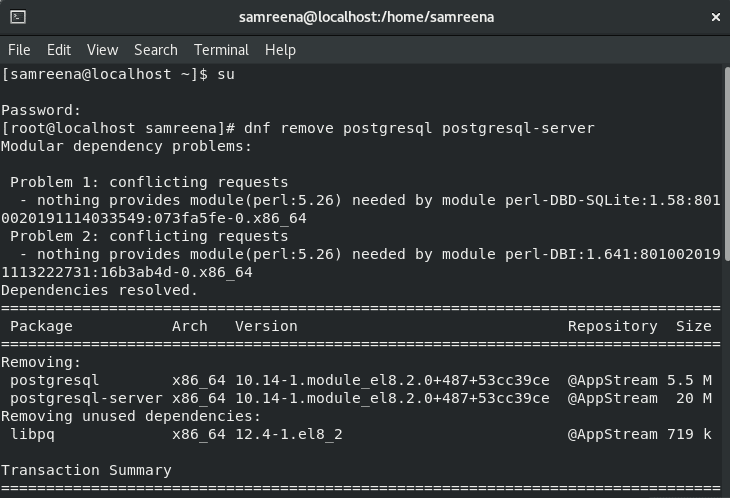
Sample Output Setting up pgAdmin 4 in web mode on a Redhat-based platform. The pgadmin4 package comes with a configurable script to configure the pgAdmin web service, which will create a user account used to authenticate in the web interface, configure SELinux policies and Apache webserver to deploy pgAdmin web service.

# systemctl start httpdĮnable Httpd Service Step 4: Configuring pgAdmin 4 in RHEL 9ġ2.

Next, start the httpd service and enable it to auto-start at system boot, then check if it is up and running as shown. Now build a cache for newly installed pgAdmin and EPEL repositories and install pgAdmin using the following commands.

# subscription-manager repos -enable codeready-builder-for-rhel-9-$(arch)-rpmsġ0. First, you need to enable the EPEL and pgAdmin yum repositories which contain some of the dependencies. Now we will install pgAdmin 4 to manage the PostgreSQL database from the web. After saving the file, to apply the recent changes in the Postgres configuration, restart the Postgres service. host all all 127.0.0.1/32 md5Ĭonfigure PostgreSQL Client AuthenticationĨ. # vi /var/lib/pgsql/15/data/pg_hba.confįind the following lines and change the authentication method to md5 as highlighted in the screenshot. The supported authentication methods include password-based authentication which uses one of these methods: md5, crypt, or password.įor this guide, we will configure the md5 authentication method in the file /var/lib/pgsql/15/data/pg_hba.conf. Now configure how the Postgres server will authenticate clients such as pgAdmin. $ psql -c "ALTER USER postgres WITH PASSWORD ' ' "ħ. Then switch to the Postgres system account and create a secure and strong password for PostgreSQL administrative database user/role as follows. Start by creating a password for a Postgres system user account using the passwd utility as shown. Next, secure the Postgres user account and the database administrative user account. Initialize PostgreSQL on RHEL 9 Step 2: Secure and Configure PostgreSQL Databaseĥ.

# /usr/pgsql-15/bin/postgresql-15-setup initdb Then check if the service is up and running, and is enabled as shown. Once the installation is complete, initialize the PostgreSQL database, then start the PostgreSQL-15 service and enable it to automatically start at system boot. Next, install the PostgreSQL 15 server and client packages. Next, enable the official PostgreSQL Yum Repository as shown.


 0 kommentar(er)
0 kommentar(er)
